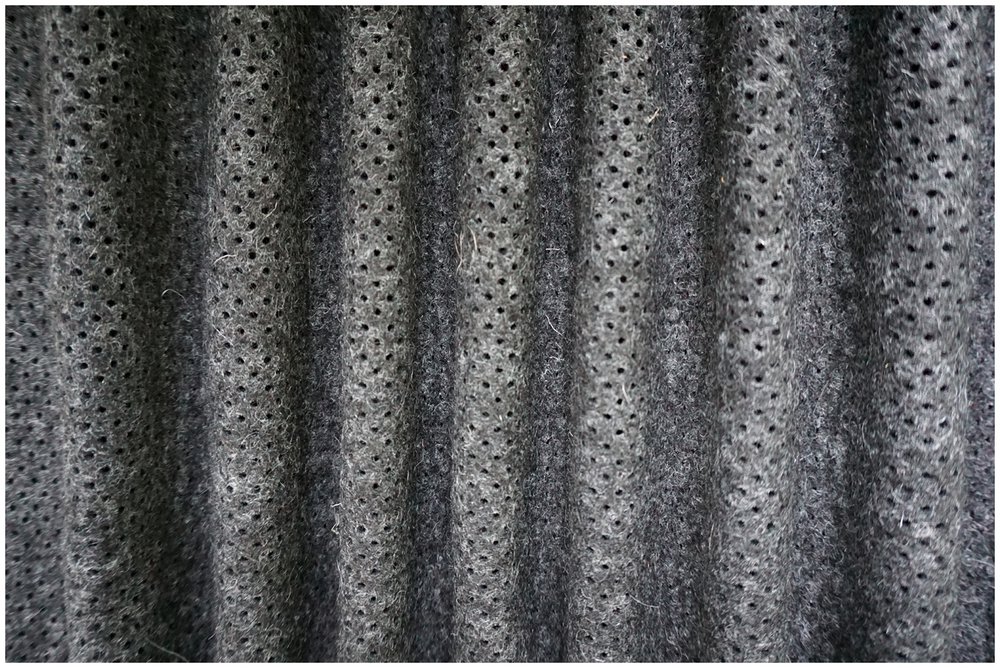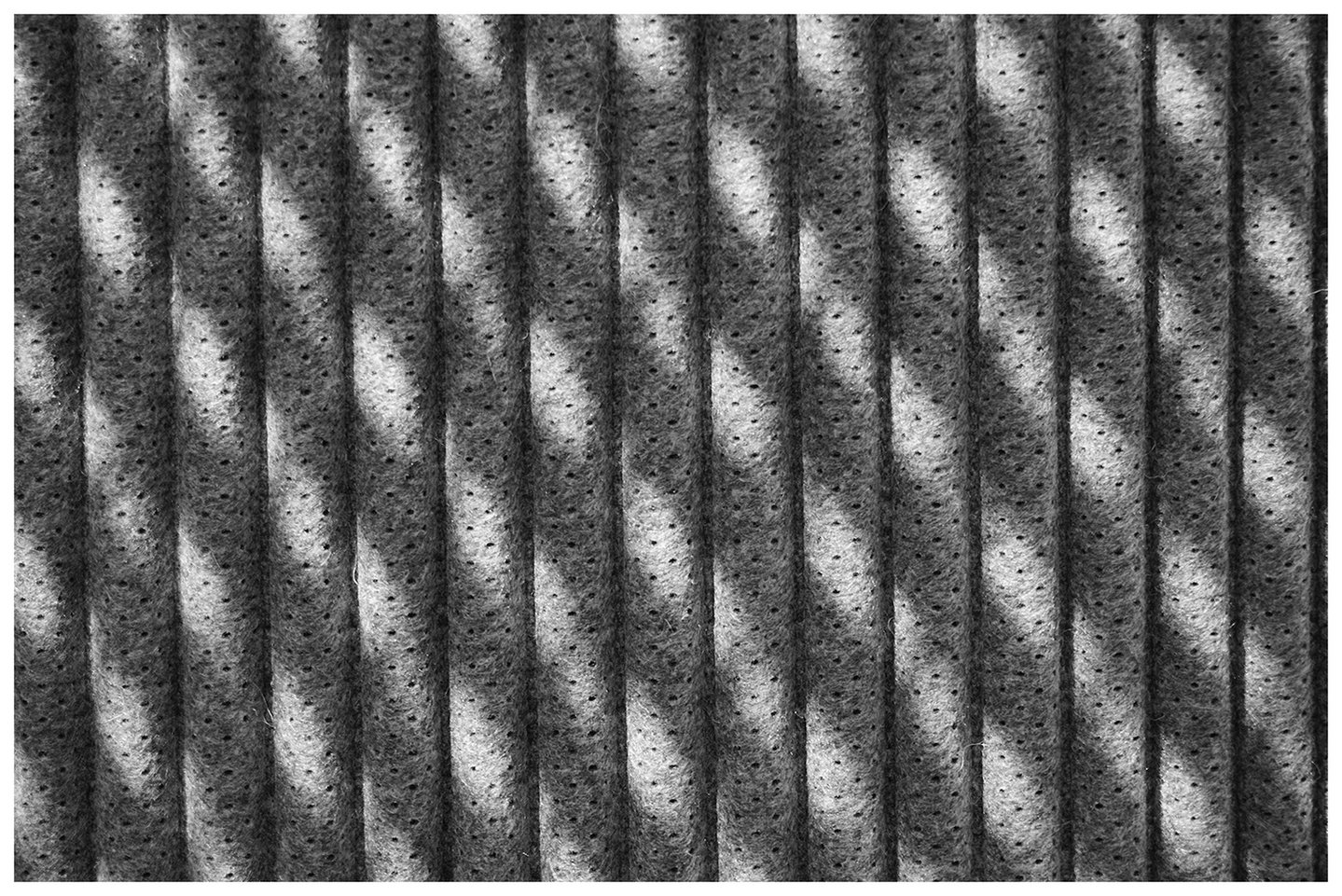
Material innovations generally don’t happen over night. Often, they take years to develop, with rigorous research and a healthy chunk of trial and error undertaken before a good idea becomes a marketable material to the contract furnishing industry.
The development of Buxkin was an organic process that came about when two colleagues at Dutch carpet company, Ruckstuhl, realised they had a shared interest in recycling.
Using their combined knowledge and experience, accumulated over many years of working in the industry, Jan Veldhoen and Wilma Dijkgraaf set about giving new life to waste materials.
Starting out in a studio in Rotterdam, the pair launched Buxkin in 2015 and have since employed another three to their team. They’ve been specified on an array of projects including flooring for B30, a government building renovated by Kaan Architects in The Hague, as well as the Starbucks Concept Lounge in Kuwait, and the Honda offices in the USA.
We caught up with the team to find out more about their materials and what goes into making them.
“Buxkin has recycled materials at its core. If architects or designers desire, we offer other materials as an alternative, but always from natural sources.”
“Manufacturing starts with a granulating process. In case of the recycled leather, rest pieces of the shoe industry are granulated and mixed up with water, latex, coloured pigments and some other additives. After pressing the water out, a flat material comes out as a roll. The next step is to cut it in small strokes for our Stripes product, or corrugate it to form Ribbed. We can also add a colour coating and have more recently begun to perforate it to create another surface finish.”
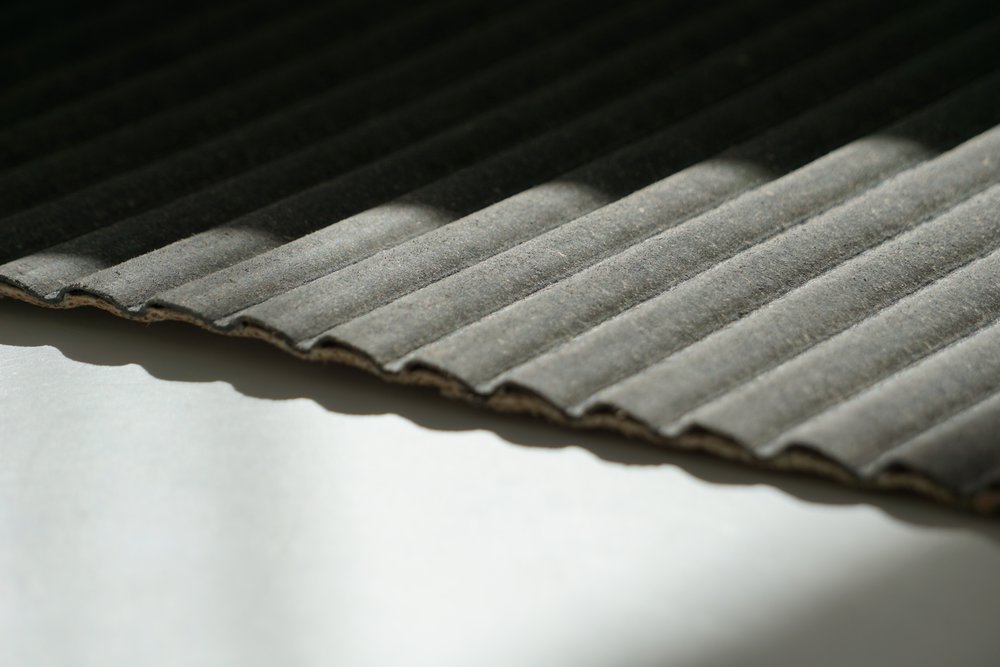
“Yes, the ‘rest’ leather is essentially all the off-cuts of leather used when making shoes. Did you know that about 20% of all leather from the shoe industry is leftover? We repurpose this waste and turn it into a useful new material. In the case of our recycled felt products, we mainly use waste felt from the automotive industry, which again, there is a lot of!”
“Yes, all the materials we collect need to be processed, which is labour intensive. To make the rest leather suitable for re-use, the material has to be collected, thoroughly washed and then granulated. And that’s all prior to it then going through its transformation. In some cases the materials are combined with other fibres, for instance, Striped consists of recycled leather and wool felt.”
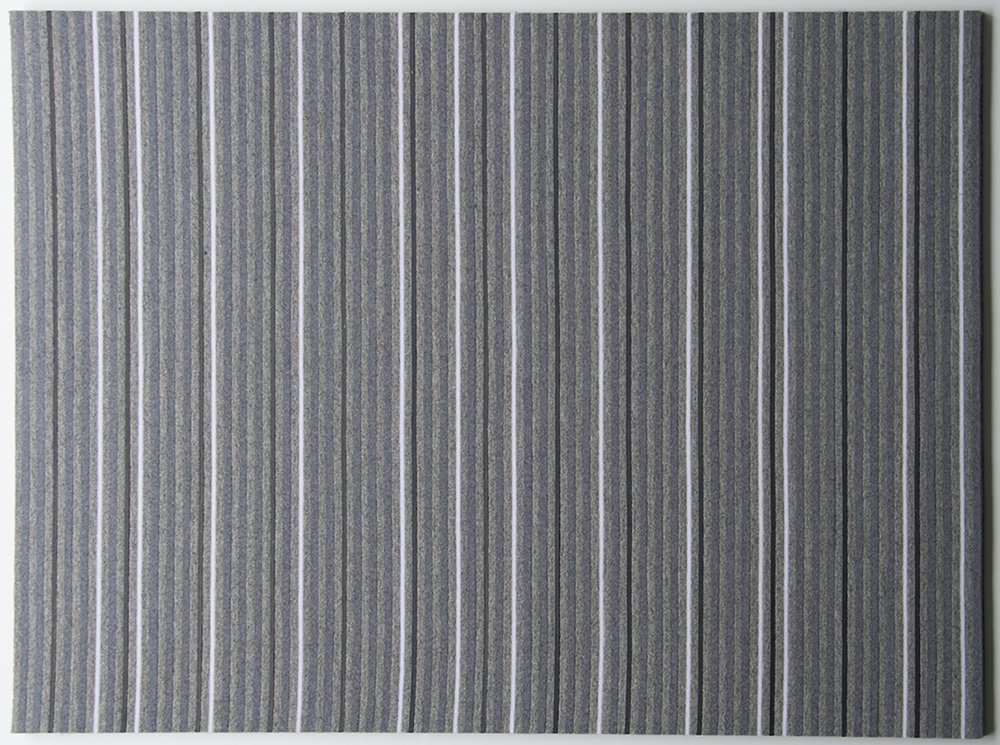
“With Buxkin Ribbed 2.0 we are able to produce and deliver ten thousand metres in one week. It’s a highly developed industrial process. Stripes costs much more because it’s handmade and takes far longer to produce. All of our materials can be delivered on rolls and sizes depend purely on the request of the client. But essentially we can deliver products as big as the vehicle in which we can transport them.”
“We find that our clients are generally looking for recycled materials, with more and more asking for it. We recently had an exclusive brand interested in what we do because they intend to go from ‘gold to good’ with their shop interiors. It’s really nice to be able to offer that option to people.”
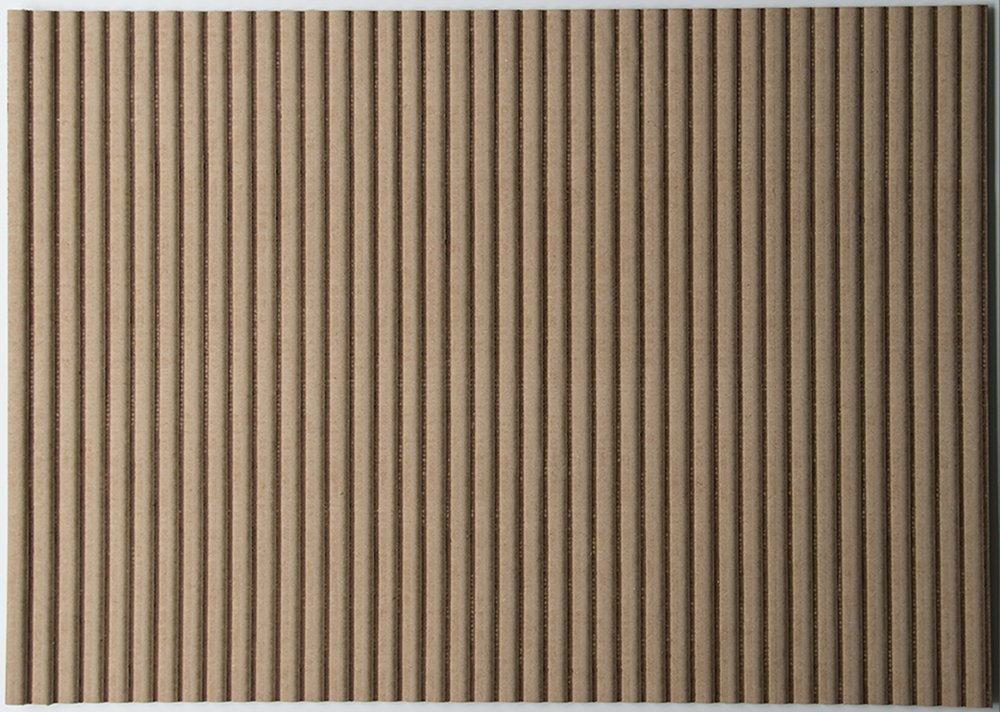
“We are always looking to improve our manufacturing methods and aim to be as adaptable as possible. But sometimes we do get some difficult requests from clients.
"For instance, we have been asked for a completely chemical free material that is fire retardant, and that’s simply not possible. At present chemicals are still a must when changing the material properties in this way. There are some bio-based options out there, and we do look to use them, but there is still some way to go before this becomes an industry standard.
"We also find clients seeking a completely seamless material – and that’s impossible! However, we’ve been designing for some new ranges that will actually engage with the seam and use it as an aesthetic feature.”
“The highly acoustic performance of our Ribbed and Stripes ranges makes them very desirable products. Architects and designers working on cinema and theatre spaces for instance often seek us out - we recently had someone specify our Jumbo Ribbed version for a cinema.
"We have become known as the ‘Ribbed Textile specialists’ and we knew it would be liked for its acoustic properties because it offers sound reflecting and even absorption characteristics. That said, our products are also chosen for aesthetic reasons too. Buxkin is unique, it’s about recycling, natural materials, graphic minimalism and acoustic solutions for wall, floor and upholstery.”
